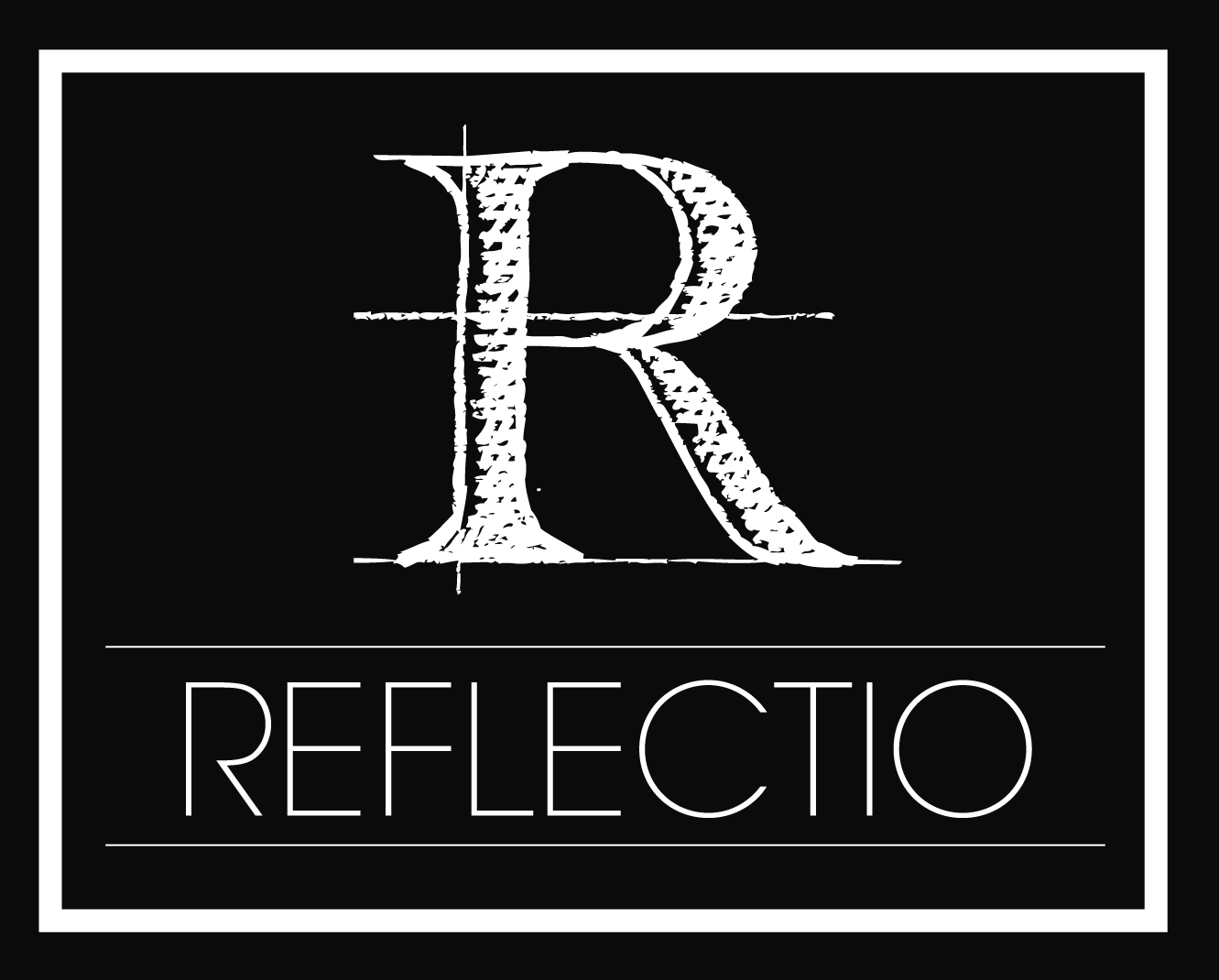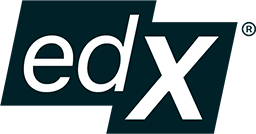El arte nuevo, pieza forzada en el puzle metafísico de Ortega
Palabras clave:
Vanguardias, autonomía, ontología, novela, evasiónResumen
En unos pocos años, entre 1921 y 1925, Ortega estudia lo que él llama el arte nuevo o arte joven, que alude, al forzarlo, a las vanguardias históricas. Publica La deshumanización del arte: una reflexión perspicaz, que justifica por su atención a las diferentes disciplinas de su tiempo. Pero la falta de referencias de autores, obras y movimientos, abre otras dos direcciones: O el descrédito de su trabajo como análisis del arte de vanguardias. O, con un recorrido mayor, su desarrollo metafísico: con el papel del arte como el único mecanismo posible para poder evadirse el hombre, para escapar, ensimismándose, de su vida cotidiana: única realidad radical en la metafísica mundana de Ortega.
Descargas
Referencias
Bradbury, R., Fahrenheit 451, Círculo de Lectores, Barcelona, 2000, pp. 170 ss.
Margolis, J., Selves and other texts. The case for cultural realism, Filadelfia, The Pennsylvania State University Press, 2001.
Ortega y Gasset, J., “El arte en presente y en pretérito”, en: Idem, Obras completas, Taurus, Madrid, 2004, III.
————, “Idea del teatro”, en: Idem, Obras completas, Taurus, Madrid, 2004, IX.
————, Ideas sobre la novela, en: Idem, Obras completas, Alianza Editorial, Madrid, 1983, III, p. 411.
————, La deshumanización del arte, en: Idem, Obras completas, Alianza Editorial, Madrid, 1983, III.
————, La deshumanización del arte, en: Idem, Obras completas, Taurus, Madrid, 2004, III.
————, “Para la cultura del amor”, en: Idem, Obras completas, Taurus, Madrid, 2004, II.
————, “Prólogo para alemanes”, en: Idem, Obras completas, Taurus, Madrid, 2004, IX.
Silver, P., Fenomenología y razón vital. Génesis de “Meditaciones del Quijote” de Ortega y Gasset, Alianza Editorial, Madrid, 1978.
Žižek, S., Arriegar lo imposible (conversaciones con Glyn Daly), Editorial Trotta, Madrid, 2006.
Descargas
Publicado
Número
Sección
Licencia

Esta obra está bajo una licencia internacional Creative Commons Atribución-NoComercial-SinDerivadas 4.0.
Reflectio se distribuye bajo licencia internacional Licencia Creative Commons Atribución-NoComercial-CompartirIgual 4.0 Internacional.
El autor conserva los derechos patrimoniales sin restricciones y garantiza a la revista el derecho de ser la primera publicación del trabajo. El autor es libre de depositar la versión publicada en cualquier otro medio, como un repositorio institucional o en su propio sitio web.
















